To a debate on the future of radio at the BBC where it turns out not to be a discussion on who’s listening now but how they’re listening. The Reithian ambition to inform, educate and entertain needs to change, says Mary Hockaday, controller of BBC World Service English, and become ‘inform, educate and connect’. But how do you find and hold on to your audience in the digital age?
The buzz word here is ‘podcast’ after the extraordinary success of Serial, the American-made documentary that went viral and has now reached an astonishing 75 million downloads worldwide, still rising. In many ways, though, Serial was very old-fashioned radio. True crime told as a long-form narrative in 12 episodes. A reporter sets out to find the truth about a murder case in Baltimore. Was Adnan Syed really guilty of killing his girlfriend, Hae Min Lee, in 1999? The techniques used were traditional investigative journalism: long phone calls with Syed in prison, interviews with his friends, family and defence lawyer, extensive trawls through the written records.
The audience was not invited to comment on or interact with what they were hearing. It was the style of delivery that proved to be game-changing. Not on air, at the same time in the schedule week-by-week, but instead drip-feeding the 12 episodes via the podcast (released at the same time week-by-week). Once all had been released, you could binge listen. The boxed-set on radio. (Halfway through, the BBC’s Radio 4 Extra also began broadcasting the episodes, day-by-day, heightening the drama.)
Dana Chivvis, one of the producers at This American Life, told us they had no idea their programme would prove so revolutionary. Podcasts have been around for years. They’re not new. They hoped for perhaps 300,000 listeners. But they did put a lot of effort into creating a really high-quality product: all that research, sophisticated editing, a TV-style approach. That’s why there was a catchy, high-impact theme tune and the adoption of the TV technique ‘Previously on…’, creating tension at the beginning of each episode. When the first podcast went ‘live’ the producers were still not sure how the series would end, and two new characters appeared halfway through whom they hadn’t known about when the podcasts began.
What, though, were the advantages of telling the story by podcast rather than in broadcast form? ‘We told the story exactly how we wanted to tell it,’ says Chivvis. Their scope was much more free because not bound by the conventions of traditional radio where the whole story must be known even before the programme is commissioned. This allowed the story to evolve, to breathe, to gather momentum. The slow-release effect of the week-by-week podcast also created a buzz about the programme and made it stand out among the thousands (probably millions) of podcasts now available.
But does the future really lie in listen-by-podcast, picking and choosing what you tune into and when, becoming your own network controller, searching online for the latest podcast phenomenon and making up your own schedule? It’s the equivalent of painting-by-numbers: autonomy without quality control. It also requires an active involvement in the online community to find out what’s on and might be worth downloading. Listening, though, is all about the individual experience, the one-to-one connection.
The other buzzword of the evening was ‘visualisation’. How do you make your programme/podcast get the attention of the smartphone audience? No one mentioned audio content: what digital technology can do to change the way we listen or create new soundscapes.
The sound recordist Chris Watson (and his producer Sarah Blunt) gave us a masterclass on that in Soundstage, in the lunchtime slot on Radio 4. Superficially, it was pretty conventional stuff. Watson took his tape recorder into the wild (and sometimes not so wild) and repackaged the results as an audio experience. But I suspect the ease and flexibility of digital editing now means he can isolate different parts of the recording, moulding and shaping it to give us some extraordinary moments of pure sound.
In the Kalahari desert, Watson planted his microphone just under the top of a dune to catch the wind moving and continually remoulding that vast and ancient landscape, the largest continuous expanse of sand on planet earth. We could hear the individual grains of sand rasping against each other as the wind whirled across the dune, enough to set your teeth on edge. A sidewinder snake slithered across the dune, a vicious, whipping, hissing sound that you would not want to hear if you were a desert mouse.
Watson also took us in sound to St James’s Park in Newcastle, home of the Magpies on match days but also an expanse of green turf next to a formal Victorian park. At three in the morning the park was filled with clubbers on their way home, shouting, laughing, squashing beer cans and fast-food wrappers. But by 4.30 he caught a robin starting off the dawn chorus while in the distance far above there was the faintest buzzing sound of a skylark getting ready to sing. A wake-up call for jaded ears.
Got something to add? Join the discussion and comment below.
Get 10 issues for just $10
Subscribe to The Spectator Australia today for the next 10 magazine issues, plus full online access, for just $10.
You might disagree with half of it, but you’ll enjoy reading all of it. Try your first month for free, then just $2 a week for the remainder of your first year.

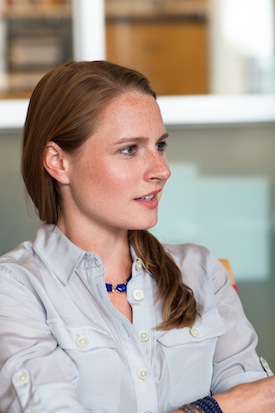
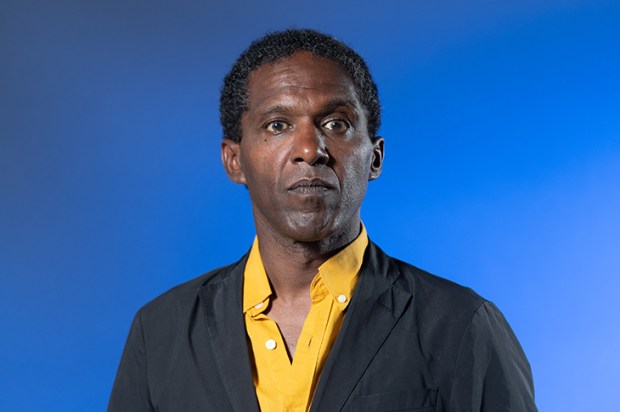
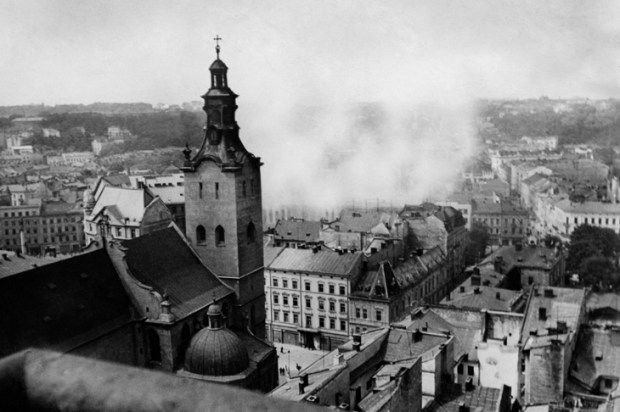

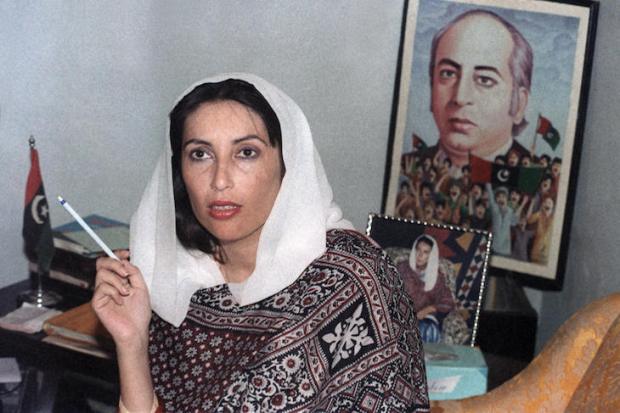
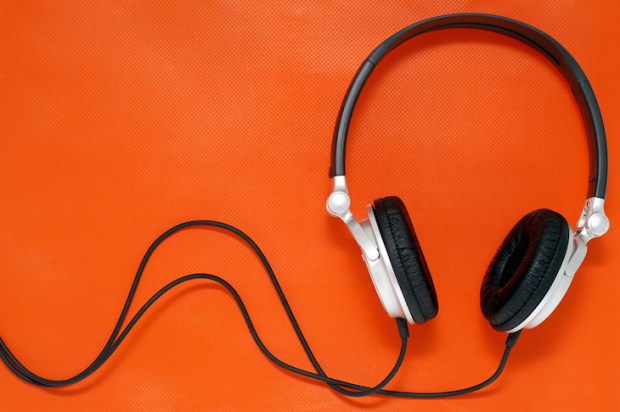
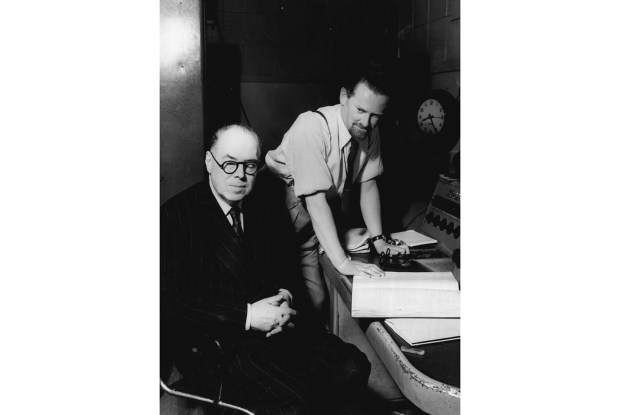






Comments
Don't miss out
Join the conversation with other Spectator Australia readers. Subscribe to leave a comment.
SUBSCRIBEAlready a subscriber? Log in